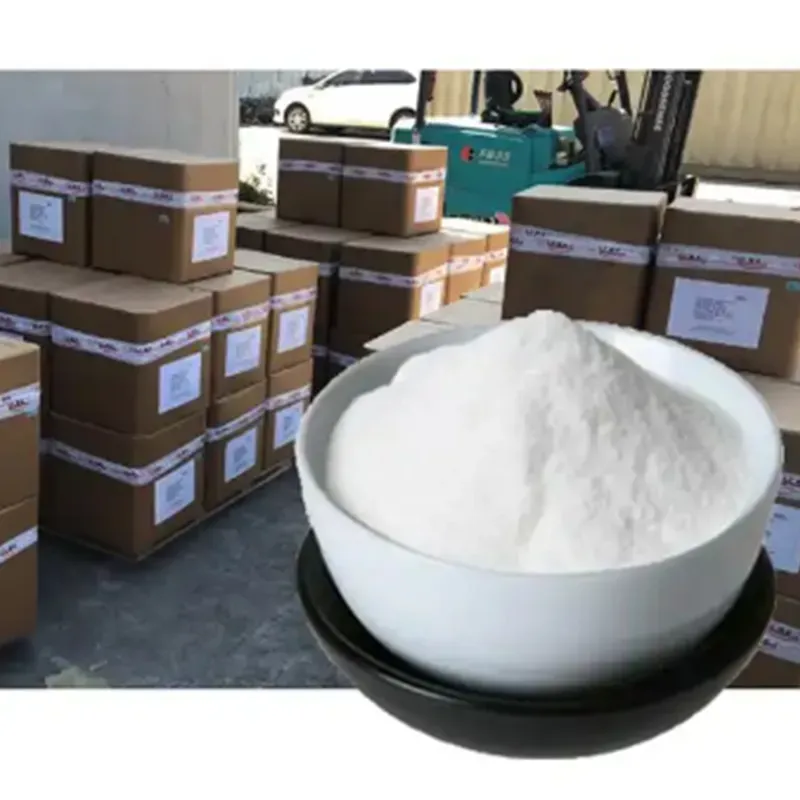
e102 food additive
Understanding E102 The Food Additive and Its Implications
E102, commonly known as Tartrazine, is a synthetic lemon yellow azo dye widely used as a food additive. Recognized for its vibrant color, this additive is found in various products, including candies, soft drinks, and processed foods. However, the use of E102 has sparked discussions regarding food safety, potential health implications, and consumer awareness.
What is E102?
E102 is a part of the E number system used in the European Union to classify food additives. This system helps standardize food safety and enhance communication regarding food substances. Tartrazine is primarily derived from coal tar and plays a significant role in food processing by providing a visually appealing hue that can make products more attractive to consumers, particularly children.
Uses of E102
The versatility of E102 has made it a popular choice among food manufacturers. It is commonly found in
- Beverages Soft drinks and some alcoholic beverages use E102 to create eye-catching colors. - Confectionery Sweets, candies, and jellies often incorporate Tartrazine to enhance their appeal. - Processed Foods Many processed foods, including sauces, snacks, and even cereals, utilize E102 for a vibrant yellow hue.
While E102 enhances the visual aspect of food, its presence raises important questions regarding safety and health
.Health Concerns and Regulatory Stance
e102 food additive

Despite its widespread use, E102 has been at the center of controversy concerning potential health risks. Some studies have suggested that Tartrazine can cause allergic reactions in sensitive individuals, particularly those with asthma or aspirin sensitivity. Symptoms may include skin rashes, hives, and, in extreme cases, respiratory issues.
Moreover, there have been discussions linking synthetic dyes like E102 to hyperactivity in children. Some research, notably a study conducted by the University of Southampton in 2007, suggested that certain artificial colorings and preservatives might contribute to increased hyperactive behavior. As a result, regulatory agencies, including the European Food Safety Authority (EFSA), have set acceptable daily intake limits for E102 to ensure its safety.
The European Union mandates that products containing E102 carry warning labels indicating that it may have an adverse effect on activity and attention in children. This is not the case in the United States, where the FDA has classified E102 as safe, provided it is consumed within established limits.
Consumer Choices and Awareness
As awareness of food additives like E102 grows, many consumers are becoming more vigilant about what they consume. This shift in consumer behavior has led to increased demand for natural food colorings and an overall trend toward cleaner labels. Many manufacturers are now exploring alternative sources for food coloring, such as beet juice or turmeric, which are perceived as healthier and safer options.
Conclusion
E102, or Tartrazine, exemplifies the complexities surrounding food additives in our diet. While it serves a clear purpose in enhancing the visual appeal of food products, it is essential for consumers to understand the potential health implications associated with its use. Regulatory agencies continue to monitor the safety of such additives, but the onus remains on consumers to make informed decisions about their dietary choices.
In an era where health consciousness is at an all-time high, being aware of the contents of the food we consume is crucial. As the trend toward natural ingredients grows, the future of synthetic additives like E102 may be uncertain. Ultimately, education and awareness can lead to better health outcomes for consumers while encouraging manufacturers to consider safer alternatives in their food production processes.
-
Understanding Synthetic Rubber OptionsNewsApr.27,2025
-
Trichloroisocyanuric Acid: Essential for Clean and Safe WaterNewsApr.27,2025
-
Sodium Dichloroisocyanurate: Key to Safe Water TreatmentNewsApr.27,2025
-
Sodium Acid Pyrophosphate: Essential in Modern Food ProcessingNewsApr.27,2025
-
Essential Water Treatment ChemicalsNewsApr.27,2025
-
Denatured Alcohol and Its Industrial UsesNewsApr.27,2025
-
The Versatile Uses of Sodium BicarbonateNewsApr.24,2025
Hebei Tenger Chemical Technology Co., Ltd. focuses on the chemical industry and is committed to the export service of chemical raw materials.
-

view more DiethanolisopropanolamineIn the ever-growing field of chemical solutions, diethanolisopropanolamine (DEIPA) stands out as a versatile and important compound. Due to its unique chemical structure and properties, DEIPA is of interest to various industries including construction, personal care, and agriculture. -

view more TriisopropanolamineTriisopropanolamine (TIPA) alkanol amine substance, is a kind of alcohol amine compound with amino and alcohol hydroxyl, and because of its molecules contains both amino and hydroxyl. -

view more Tetramethyl Thiuram DisulfideTetramethyl thiuram disulfide, also known as TMTD, is a white to light-yellow powder with a distinct sulfur-like odor. It is soluble in organic solvents such as benzene, acetone, and ethyl acetate, making it highly versatile for use in different formulations. TMTD is known for its excellent vulcanization acceleration properties, which makes it a key ingredient in the production of rubber products. Additionally, it acts as an effective fungicide and bactericide, making it valuable in agricultural applications. Its high purity and stability ensure consistent performance, making it a preferred choice for manufacturers across various industries.











